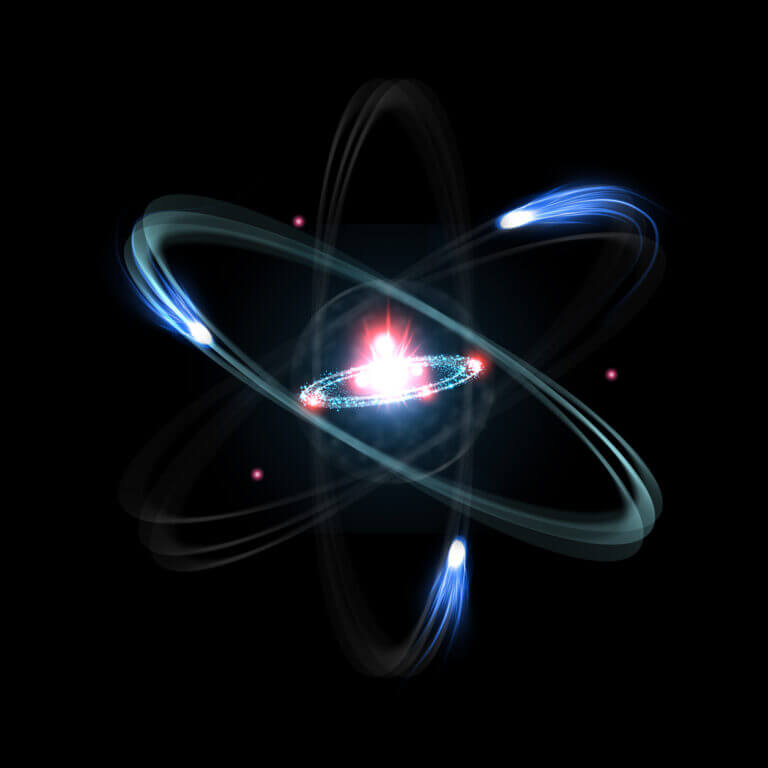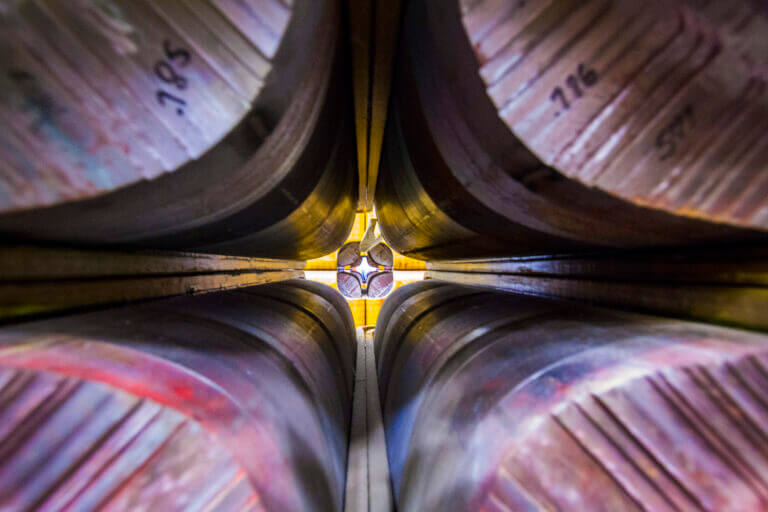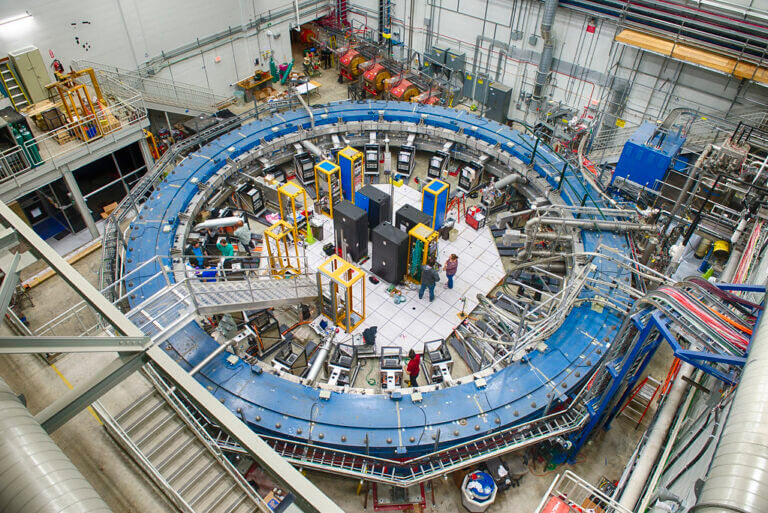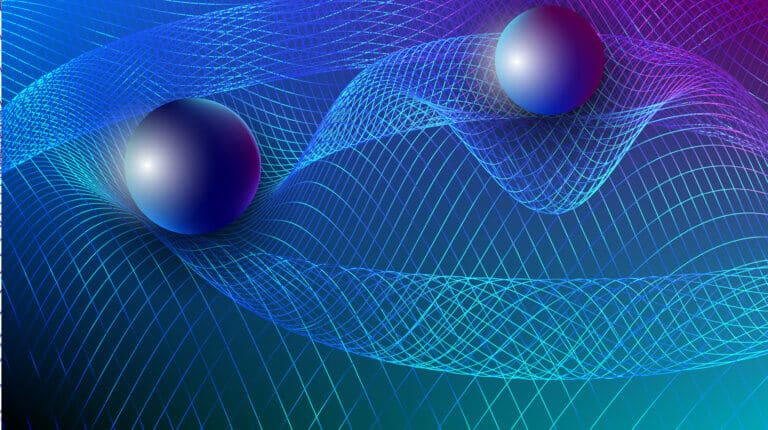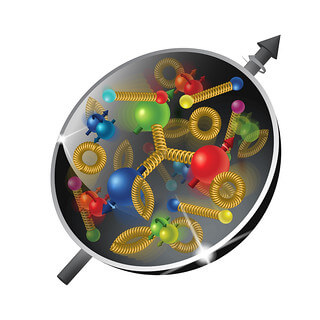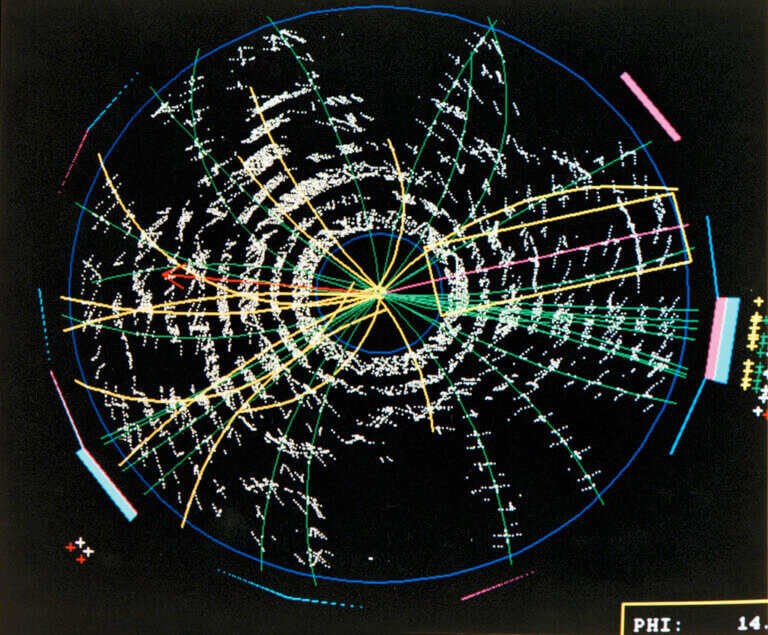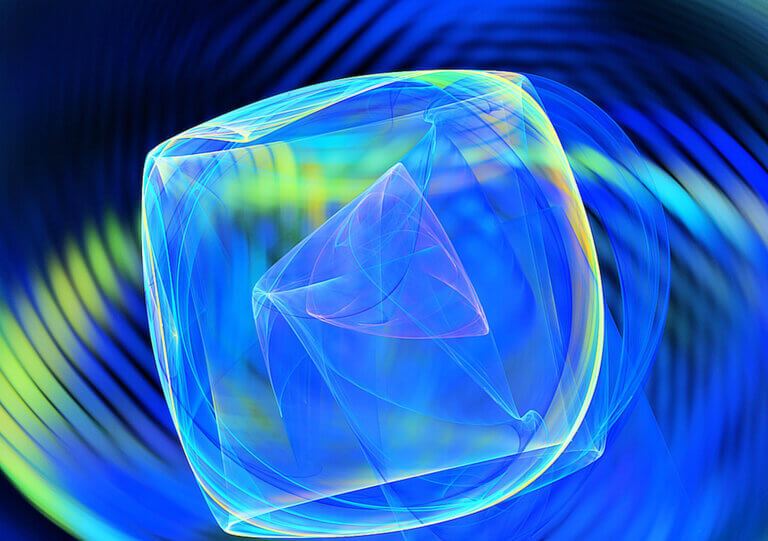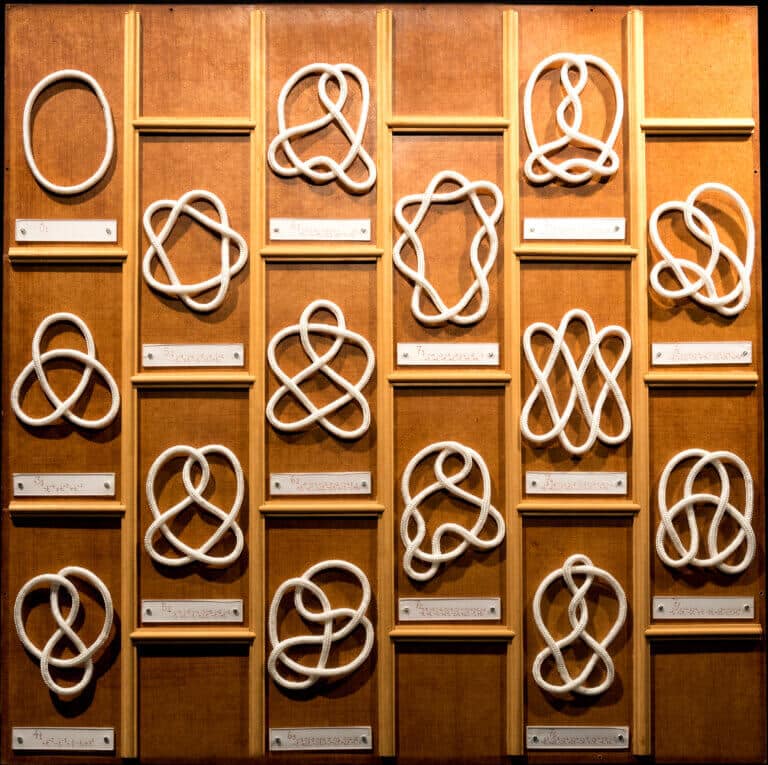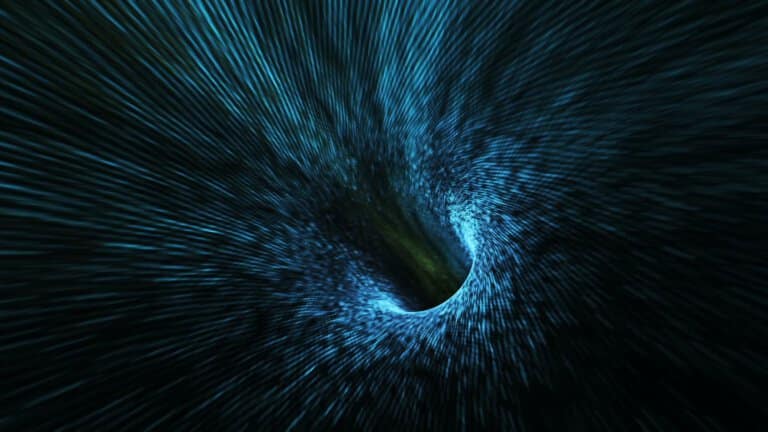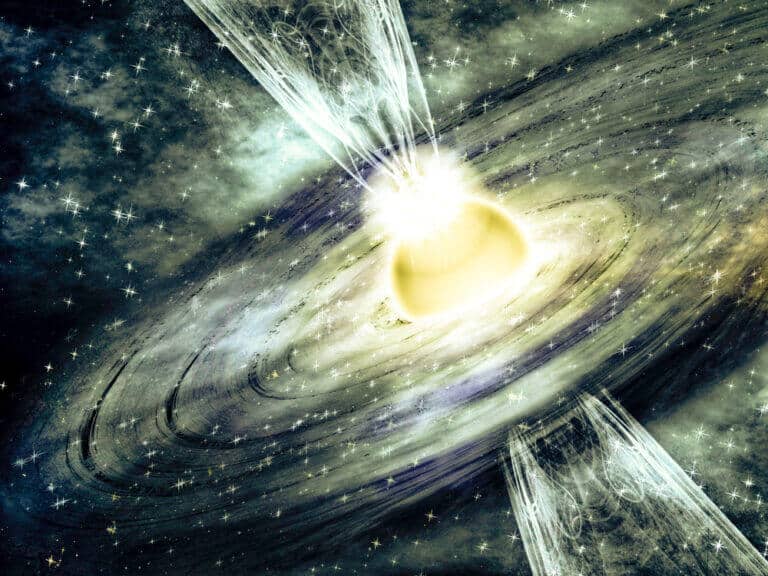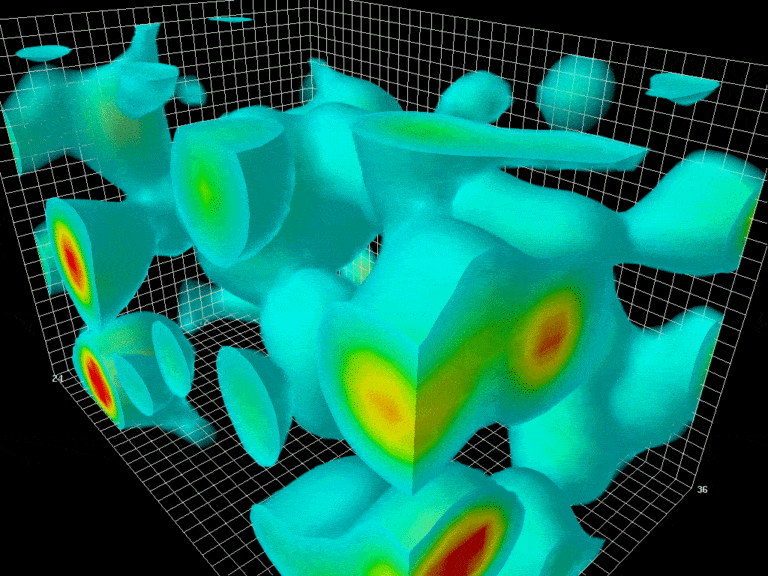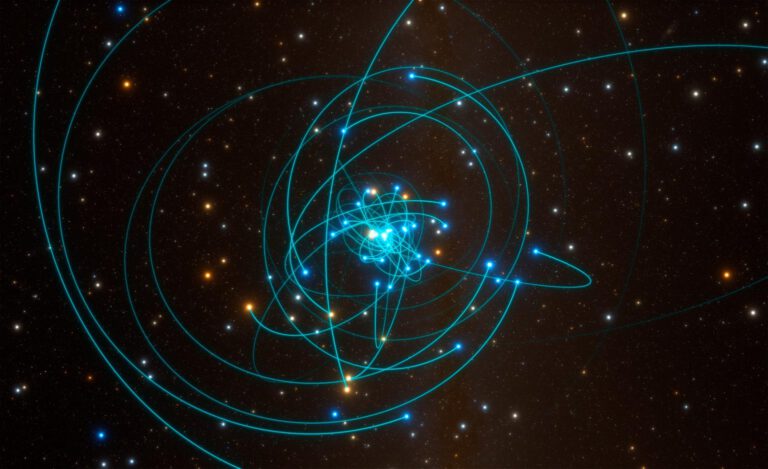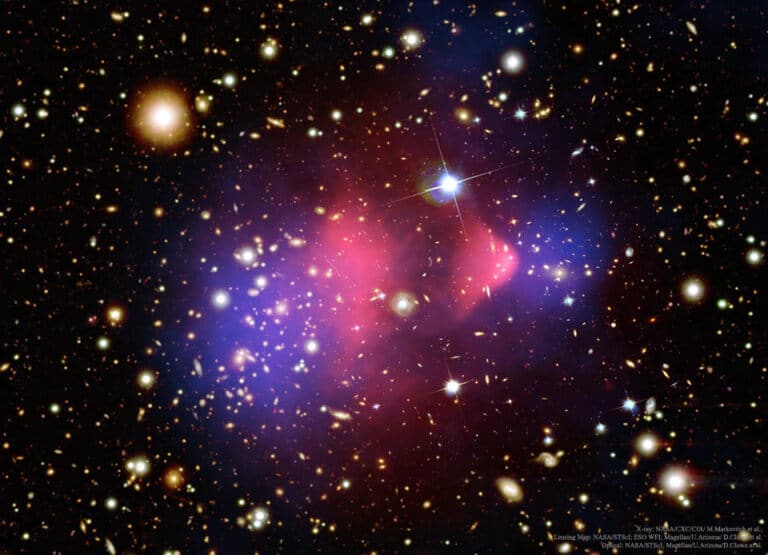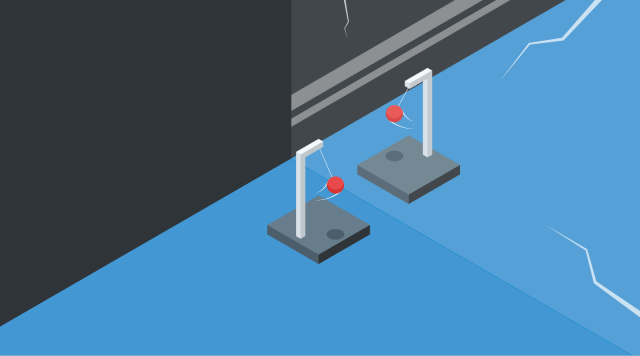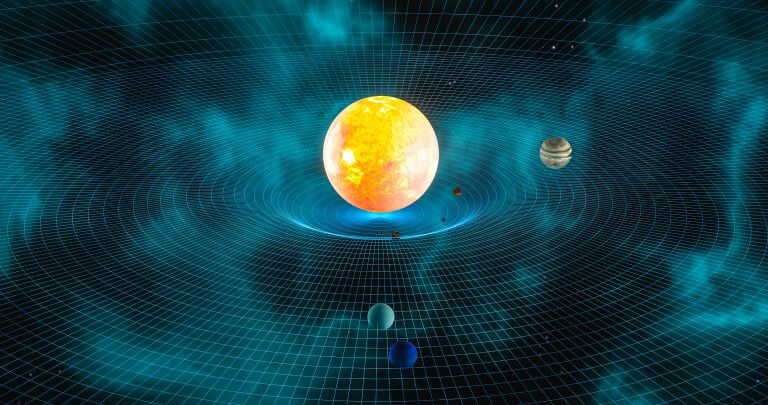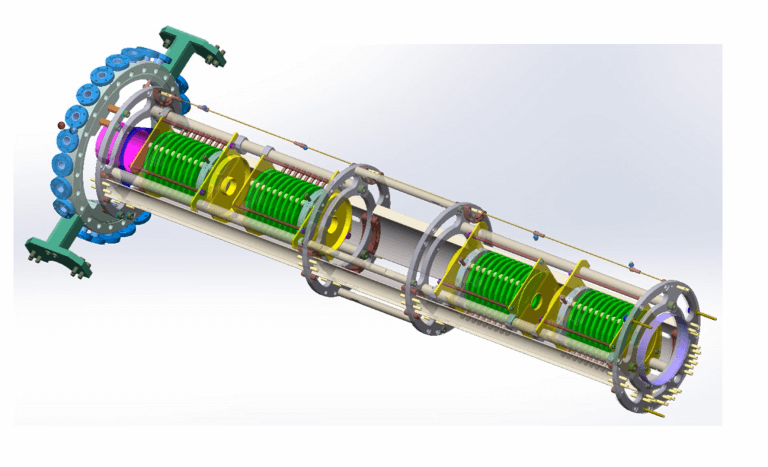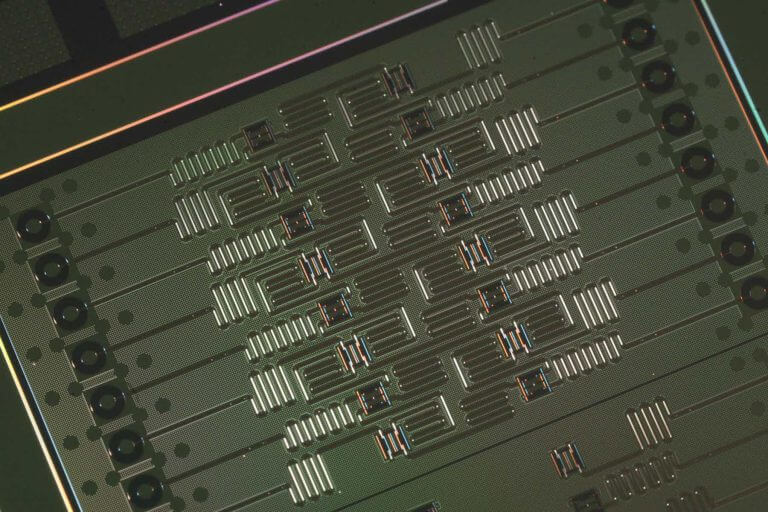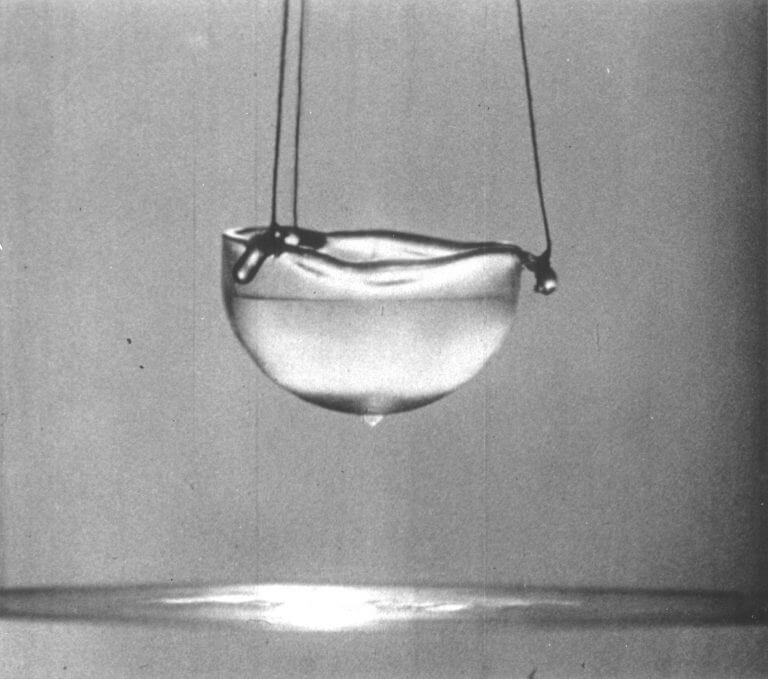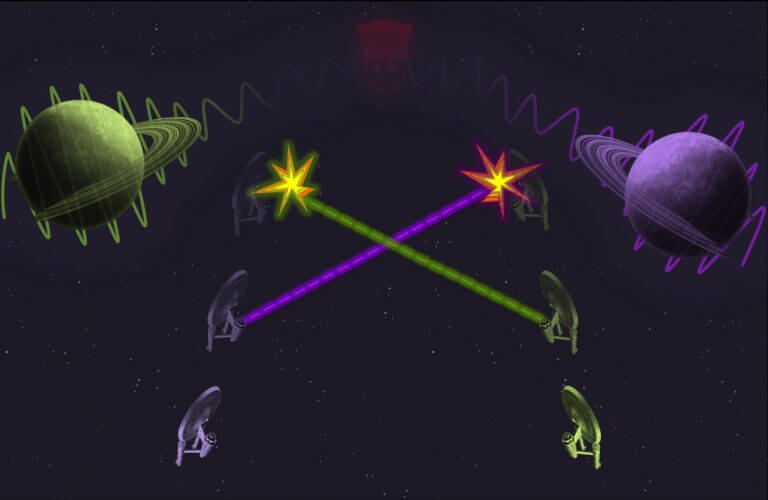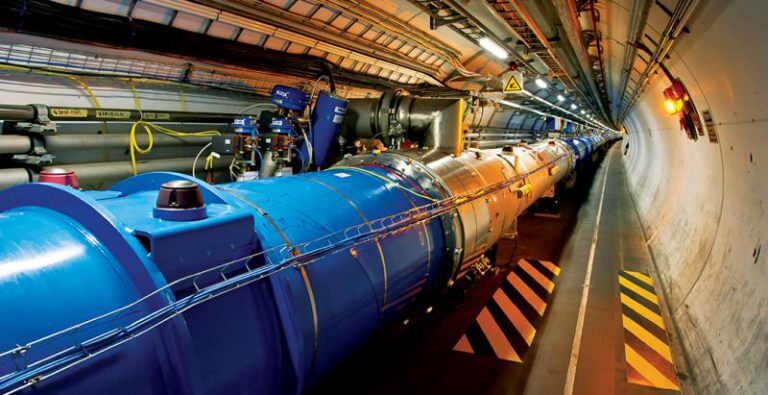Hayadan > Noam Chai archive > Page 2
Noam Chai
- Noam Chai
- May 21, 2021
- 10 תגובות
Led by researchers from the Institute of Physics at Princeton University, an initial discovery has been published that strengthens the controversial hypothesis that the electron is made up of two elementary particles: one carries a negative electric charge and the other the electron's spin. If the interpretation is indeed correct, the assumption that is more than a century old may be erased and make waves in the scientific community.
- Noam Chai
- April 10, 2021
- 149 תגובות
Last Tuesday, the Premilab laboratories in the United States announced that the muon's magnetic moment does not match the theoretical calculations. The experiment conducted in the state of Illinois confirms the anomaly that was discovered several years ago. Is this evidence of a new fundamental force in nature?
- Noam Chai
- April 3, 2021
- 12 תגובות
After almost two decades accompanied by technical and financial challenges, on the XNUMXth of April we heard, perhaps, exciting news from Permilab Laboratories in the United States. The experiment run for the second time was set up to measure the muon's magnetic moment and if a deviation is detected, even the smallest, it may hint at a new elementary particle in nature
- Noam Chai
- March 21, 2021
- 2 תגובות
A new record in the measurement of the gravitational field was broken in a study recently published in the prestigious magazine Nature. Measuring gravity on a microscopic scale, which is significantly weaker than the other forces in nature, is a huge technological and scientific challenge. However, gravitational experiments at the atomic scale are critical to understanding the quantum nature of gravity. In the future, will we be able to stretch the limits of the experiment to single micrograms?
- Noam Chai
- March 10, 2021
- One response
- Noam Chai
- March 7, 2021
- 7 תגובות
The European Organization for Nuclear Research (CERN) has announced that the Large Hadron Collider has discovered four new particles, but what has changed? Since the accelerator was first activated in 2009, 59 new particles have been discovered, including the famous Higgs boson that was discovered in 2012. Although most of the new particles were discovered in accordance with expectations, some of them were particularly surprising
- Noam Chai
- March 1, 2021
- 6 תגובות
In a joint study by researchers from Germany and Poland, a time crystal in action was filmed for the first time. The micrometer crystal consists of mechanisms at room temperature. Using X-rays, the researchers from Berlin recorded the magnetization of the crystal over time and recorded its cyclic behavior
- Noam Chai
- February 13, 2021
- 2 תגובות
In 2010, Edward Witten delivered a lecture to the general public on behalf of the IAS (Institute for Advanced Studies in the USA) on entanglement theory and quantum mechanics. In this article, we will convey the main points of his words with specific extensions
- Noam Chai
- February 5, 2021
- 31 תגובות
Researchers around the world are looking for an explanation for the mystery of dark matter and the problem of hierarchy. The two problems seem completely different, but according to researchers from Johns Gutenberg University in Germany, both can be solved with the help of a compact fifth dimension. The estimated model does not contradict the experimental data discovered in current accelerators and predicts a new particle with a mass of 30TeV that may be discovered in future accelerators
- Noam Chai
- January 24, 2021
- 5 תגובות
In a study recently published in the prestigious journal for physicists, researchers from Europe reveal how the cough cloud spreads in a closed space under realistic conditions and the findings are surprising
- Noam Chai
- December 27, 2020
- 4 תגובות
In a recent study done at the Axis accelerator, researchers closely analyzed the decay process of the neutral food B into the charged food pair K, with the aim of examining whether this phenomenon might explain the huge difference in the distribution of matter versus antimatter in the universe
- Noam Chai
- December 2, 2020
- 15 תגובות
In 2018, a galaxy with a low amount of dark matter was observed. The galaxy defied all existing models but it turns out that the celebration came earlier than expected and two years later it was announced that tidal forces shed the dark matter. Astronomers are breathing a sigh of relief but the scientific community is still confused, what is dark matter?
- Noam Chai
- November 5, 2020
- No comments
The new model accurately predicts the vacuum effect of the electromagnetic field on the plates through a different approach to the interaction of the vacuum noises created by "virtual" particles with the metal plates
- Noam Chai
- October 26, 2020
- 9 תגובות
The black hole at the center of the Milky Way is slowly spinning, but what does that mean?
- Noam Chai
- October 22, 2020
- 28 תגובות
A new model published by researchers from Melbourne and CERN raises the possibility that dark matter is heavier than we thought until now. The researchers hope that the paper they published will encourage experimenters to look for new avenues for detecting dark matter
- Noam Chai
- October 9, 2020
- 7 תגובות
For the first time the large accelerator in Geneva measured "temporal asymmetry" between matter and antimatter. Although the standard model may explain the phenomenon, the discovery is another way to measure the imbalance between the particles and hopefully also to predict new physics
- Noam Chai
- February 16, 2020
- 10 תגובות
- Noam Chai
- December 7, 2019
- One response
- Noam Chai
- October 28, 2019
- 2 תגובות
- Noam Chai
- September 16, 2019
- One response
- Noam Chai
- September 13, 2019
- One response
- Noam Chai
- June 11, 2019
- 11 תגובות
- Noam Chai
- February 20, 2019
- One response
- Noam Chai
- December 13, 2018
- 233 תגובות
- Noam Chai
- November 26, 2018
- 3 תגובות

